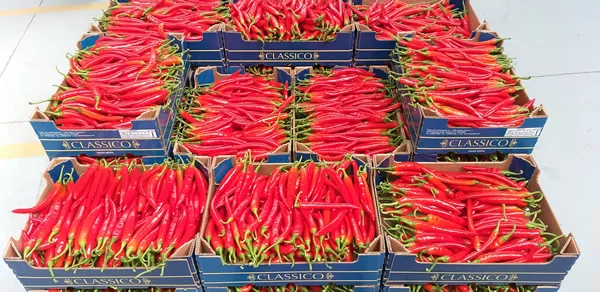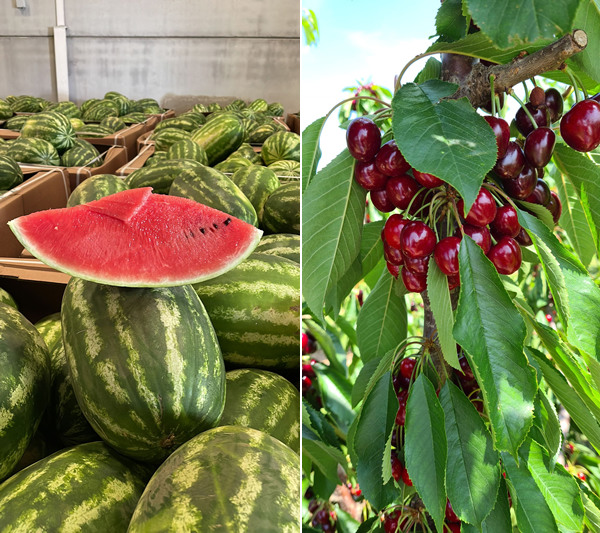What everyone expected in September materialized somewhat in the winter, and in Spain, Kees Havenaar of Frutas Luna reflects on the winter fruit-vegetable season. "It didn't happen because the high gas price forced the Netherlands to finish so early. Far more because Spain had rain and cold nights in early December," he begins.

"Add less or no Dutch supply, and it was a perfect storm. Also, the new thrips, Trip negro (Thrips parvispinus), also called the tobacco thrips hit many bell pepper growers. There's no natural pesticide for this yet, so many growers suffered greatly. Looking by product, Spanish tomatoes, cucumbers, and bell peppers had good prices all winter. In contrast, besides a few outliers, zucchini, eggplant, and chili prices were very standard."
"For tomatoes - certainly TOV - everyone anticipated an unusual year, which it was. I think it was an even better year than last year. For many products, it wasn't the free market setting their price; it was the retailers who ran out of tomatoes grown under lights and still had to deliver. The free market emptied, resulting in very high prices, in this case in the growers' favor," says Kees.

"Bell peppers and Palermo pointed peppers' setting all had a gap, so there were shortages very early on. Normally, March is the best month, but prices were already particularly high in January and February. Palermo is still expensive. You can't say that about chilies. I've been selling Spanish chilies for more than 25 years."
"And I've never experienced anything as bad as this year. Luckily, we had a program with a strong, serious party because otherwise, who knows? This year it was apparently a mission to put chilies. That's where most will come back from, and, of course, there were plenty of Moroccan imports," Havenaar explains.
"It was a very regular year for zucchini with occasional outliers and many imports from Morocco. Eggplants, too, have had better years. That just proves that every year is different, which is good. For us, the winter season is almost over. We have two more weeks of bell peppers and another month of chilies; then it's done. We can start focusing on importing Moroccan watermelons (ten more days) and cherries, and then the season will end for us."

"Lastly, I want to point out that it isn't all sunshine and roses. We still have water to irrigate, but large parts of Spain are reaching or already in the danger zone. This April is the driest on record, and summer has yet to begin. Many tourists love Spain because it's 'always nice weather,' but no one thinks of the consequences. A week of rain like in the Netherlands would be most welcome," concludes Kees.
 For more information:
For more information:
Kees Havenaar
Frutas Luna
Tel.: +34 (0) 950 178 653
Email: kees@frutasluna.com
www.frutasluna.com
